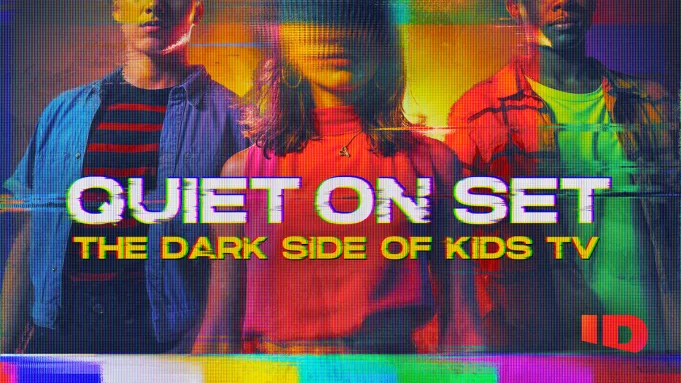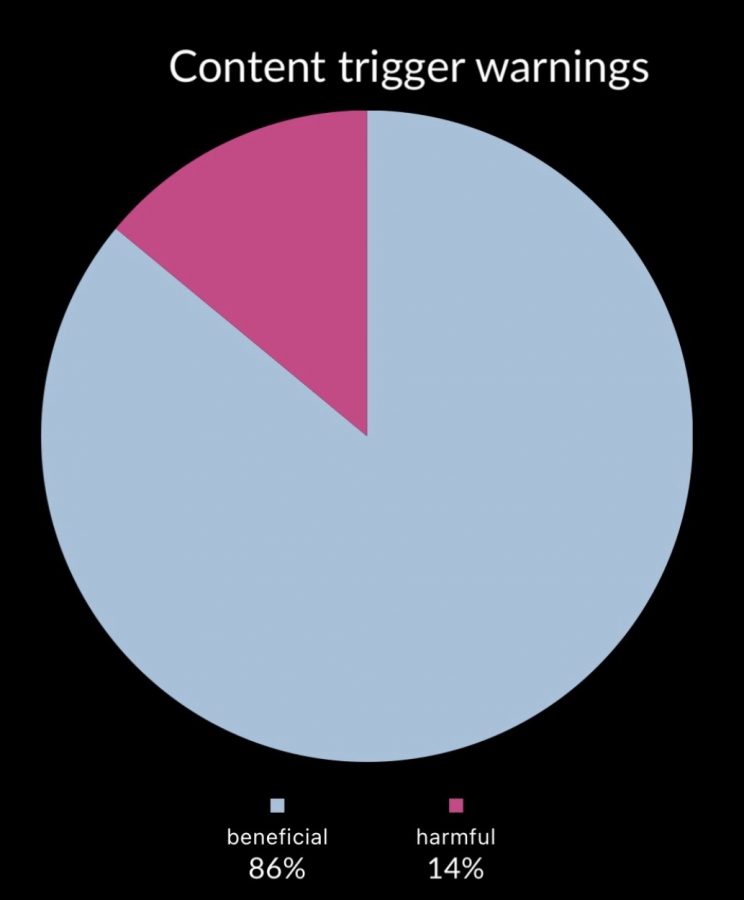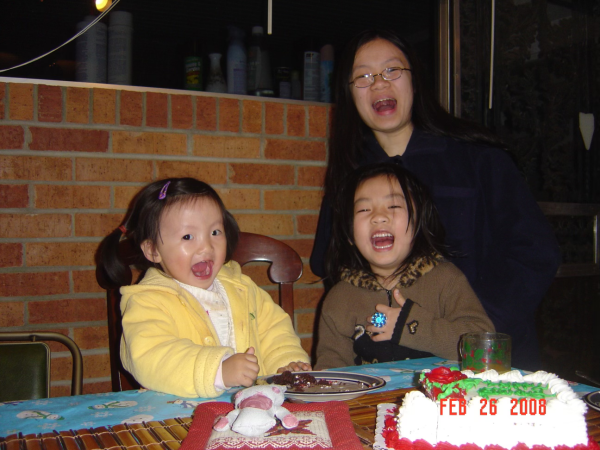The cons of using trigger warnings
A poll posted on the Scroll’s Instagram story reveals that the majority of students believe in the overall benevolence of trigger warnings. Out of 66 votes, 57 voted for the warnings being more positive, and seven voted the opposite.
Scrolling through social media, it is not rare to see trigger warnings accompanying posts discussing topics including violence or anything emotionally distressing. As these warnings become more widespread they become, subsequently, more controversial. Trigger warnings are precursors to content containing anything that could set off a number of problems within people, including, but not limited to, post-traumatic stress disorder (PTSD), anxiety or even epilepsy. While these notices are meant to aid those the content may affect, they may pose unintended negative consequences.
Though most people believe trigger warnings are mainly beneficial, others recognize potential malignancies that come from their use.
“Yes, there are a lot of normal behaviors that most people do and need to survive that people sort of sensationalizing into this huge thing that it doesn’t have to be, and they put trigger warnings on that,” Austin Kennedy (11) said. “For example, ‘trigger warning: skinny.’”
Additionally, Kennedy references trigger warnings on the popular social media platform TikTok. The app is used to share videos of many different subjects, including potentially sensitive ones. Videos using the warnings attract an audience who do not view them in a positive light.
“I’ve seen them a lot on TikTok; there’s only really a negative response when they are regarded as unneeded, though there is a certain demographic of people who go around and bash people who use trigger warnings,” Kennedy said. “They like to say nowhere on the internet is a safe space, and while that may be true, there should still be trigger warnings on some content.”
Another problem arising from the usage of trigger warnings is the possible reversal of recovery for those with issues such as eating disorders. According to Freddie Baldwin (11), in certain situations, these precautions can display issues in a way that could worsen the source of people’s triggers.
“Another negative effect is the use of trigger warnings on food, demonizing it for people with eating disorders,” Baldwin said.
The negative effects of trigger warnings on those with disorders are numerous. However, their usage also reshapes how creators produce content that can be embraced by all. Dinah Keegin (10) faced this when posting on TikTok.
“I forgot to add a trigger warning for a video that had flashing lights, and I deleted it because there was no trigger warning,” Keegin said.
Out of these problems arises a question: How are people meant to find a way to balance the usage of trigger warnings in order to keep them benevolent?
“Since trigger warnings and content warnings have been used for so long, there will always be criticism for how they are used and they will have to and will continue to have to evolve as long as media is being produced,” Kennedy said.
Your donation will support the student journalists of White Station High School. Your contribution will allow us to purchase equipment and cover our annual website hosting costs.


































